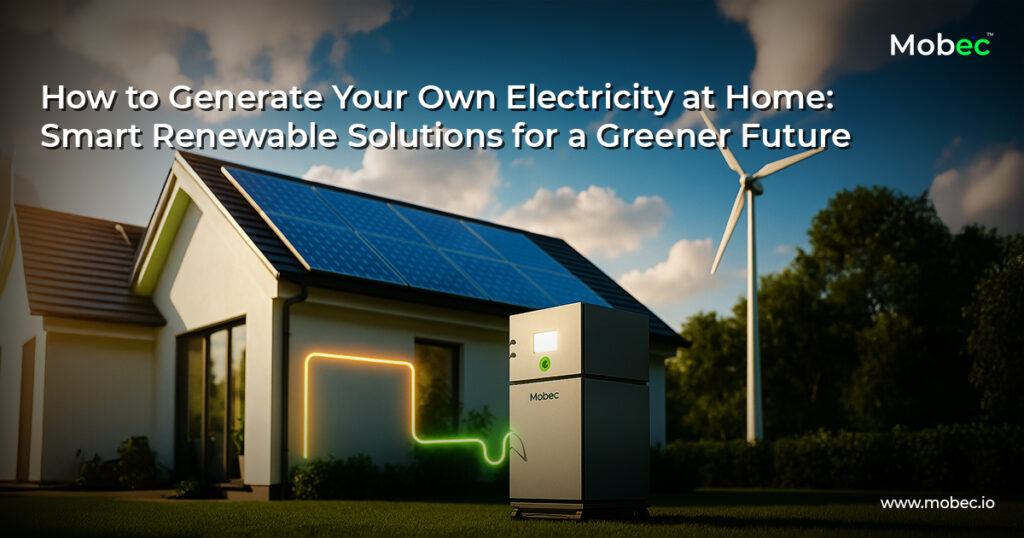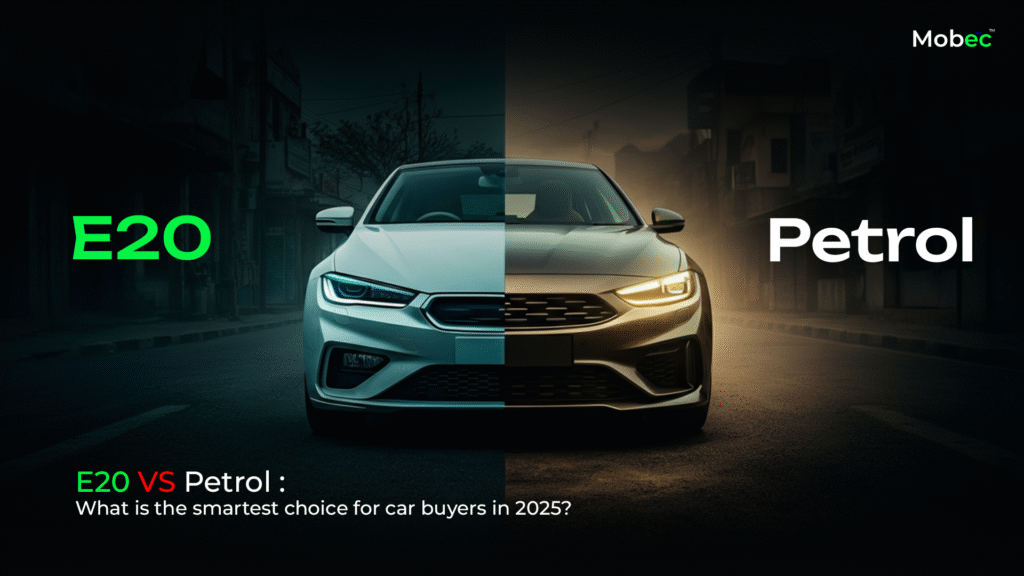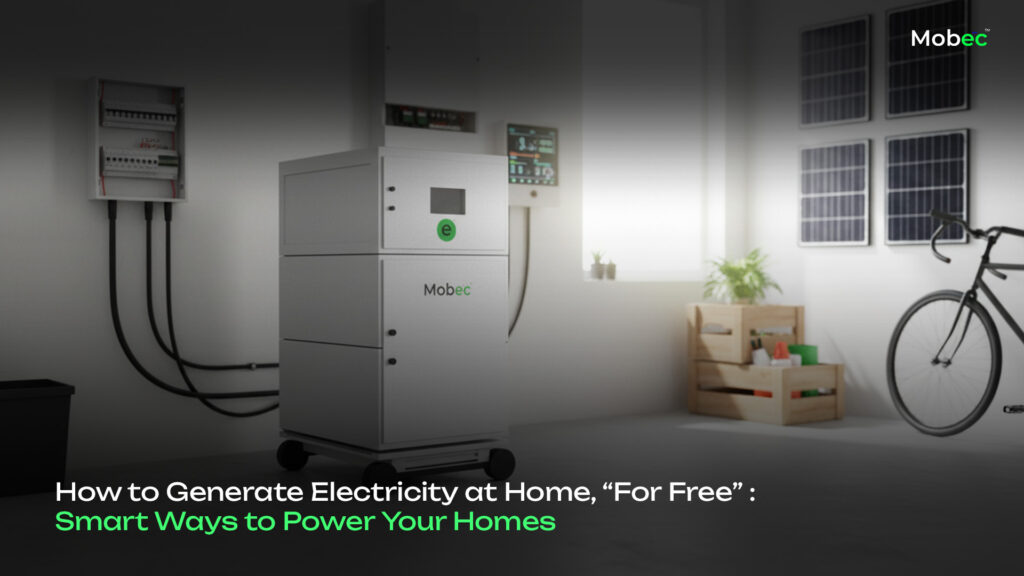India is undergoing a powerful shift toward electric mobility, driven by bold policies, state subsidies, and climate-conscious consumers. EVs are being made faster than ever, but the real challenge is how we support them. Mobec, a noida-based startup fueling this change with innovation that goes beyond the plug—delivering power wherever it’s needed, whenever it’s needed.
Why EV Subsidies Matter?
Electric vehicles offer a cleaner, more sustainable mode of transportation. But adoption doesn’t happen in a vacuum—it needs supportive policies, financial incentives, and infrastructure.
From 2022 to 2024, the Indian government introduced multiple schemes to accelerate EV adoption. These efforts brought down the cost of ownership, encouraged domestic manufacturing, and incentivized infrastructure like charging stations.
Timeline of Key EV Subsidies: 2022 to 2024

1. FAME II – The Flagbearer of EV Subsidies (2019–2024)
Until March 2024, the Faster Adoption and Manufacturing of Hybrid and Electric Vehicles (FAME II) scheme formed the foundation of India’s EV subsidy framework.
Key Highlights:
- Budget: ₹10,000 crore
- Supported over 1 million EVs including:
- 500,000 e-three-wheelers
- 7,000 electric buses
- 1 million two-wheelers
- 55,000 e-cars
- 500,000 e-three-wheelers
- Incentive: ₹10,000 per kWh (for two-wheelers; previously ₹15,000/kWh)
- The initiative focuses on lowering emissions, improving air quality, and reducing reliance on fossil fuels
Revision in 2023:
- The Ministry of Heavy Industries reduced the per-kWh incentive from ₹15,000 to ₹10,000.
- Capping reduced from 40% to 15% of the vehicle cost for two-wheelers.
Despite this, FAME II remained central to India’s EV policy until it was succeeded in mid-2024.
2. PLI Scheme – Boosting Domestic EV Manufacturing

Launched in June 2021, the Production Linked Incentive (PLI) scheme continued to play a crucial role through 2024:
- ₹18,100 crore allocated
- The goal is to reduce import dependency and make EVs more affordable
This policy catalyzed the rise of indigenous EV battery manufacturing, bringing down prices and accelerating adoption.
3. State-Wise Subsidies – The Regional Push

In addition to central schemes, over 20 Indian states rolled out individual EV policies. Highlights include : Delhi capped incentives at ₹30,000 for scooters and ₹1.5 lakh for cars.
| State | Scooter Subsidy (per kWh) | Car Subsidy (per kWh) | Road Tax Waiver |
| Delhi | ₹5,000 | ₹10,000 | 100% |
| Maharashtra | ₹5,000 | ₹5,000 | 100% |
| Gujarat | ₹10,000 | ₹10,000 | 50% |
| Bihar, Assam | ₹10,000 | ₹10,000 | 100% |
| Karnataka | None | None | 100% |
| Tamil Nadu | None | None | 100% |
Such ev subsidies made EVs significantly more accessible, especially in urban and semi-urban regions.
4. Battery Swapping Policy – For Fast-Paced Cities

Introduced in 2022, this policy aimed to address:
- Long charging times
- Ease for last-mile delivery fleets
It has helped drive sales in the e-commerce and food delivery sectors, where vehicles need quick turnaround times.
5. Growth Outcomes: How Effective Were the Subsidies?

According to Ecogears:
- The Indian EV market grew by 173% in FY 2022–23, with 1.18 million units sold.
- Electric two-wheelers led the market, contributing over 61% of sales.
- EV market size in India was USD 4.2 billion in 2023.
- It is projected to grow at a CAGR of 68%, reaching USD 152 billion by 2030.
- By 2030, Niti Aayog projects:
- 80% sales penetration in two- and three-wheelers
- 50% in four-wheelers
- 30% in buses
- 80% sales penetration in two- and three-wheelers
Clearly, subsidies played a critical role in catalyzing this boom.
How Mobec is Powering the Infrastructure Gap
At Mobec, we’re on a mission to redefine how India charges its electric vehicles. We believe charging shouldn’t be restricted to fixed stations or specific locations. That’s why we’ve built a fully mobile, on-demand EV charging solution—powered by clean energy and designed for convenience. Whether you’re parked at home, working late at the office, or stuck mid-commute, we bring the charge to you.
Our mobile fleets are fully electric, reducing emissions even as they power the next generation of vehicles. We’re also committed to sustainable innovation, integrating renewable energy into our operations to move toward a truly carbon-negative charging ecosystem.
This isn’t just about solving range anxiety—it’s about giving every EV owner the freedom to drive without compromise. With Mobec, we’re not just building infrastructure. We’re building a smarter, greener future—one charge at a time.
The Road Ahead: Challenges & Opportunities

India’s 2070 Net Zero Goal
At Mobec, we’re not just solving the problem of EV charging—we’re aligning with India’s broader mission of becoming carbon-neutral by 2070. To support this transition, we’re focused on three pillars:
- Standardizing Charging Infrastructure
Our mobile EV charging units create a seamless and accessible charging network, cutting across urban and remote areas alike. - Driving Sustainability in Battery Use
We’re exploring partnerships and innovations around battery reuse and responsible recycling practices. - Empowering Talent
We’re committed to creating green jobs and training a skilled EV workforce to support the ecosystem.
Opportunities for Businesses
- EV charging stations – India needs over 63,000 by 2030
- Battery manufacturing – The market is projected to hit USD 10.6 billion by 2028
- Retrofitting ICE vehicles – Expected to reach USD 2.6 billion by 2030
Conclusion
Between 2022 and 2024, India took major steps toward building a strong foundation for electric mobility. EV subsidies programs like FAME II, the PLI scheme, and various state-level incentives helped make EVs more accessible and appealing. But real change doesn’t stop at financial support. The real breakthrough comes from innovations on the ground—new technologies, better charging solutions, sustainable practices, and smarter mobility systems. These efforts ensure that the EV revolution isn’t just policy-driven, but deeply rooted in practical solutions that support long-term growth and sustainability.
That’s where Mobec is charging ahead. By solving one of the biggest roadblocks—charging accessibility—Mobec is bridging the gap between policy and practical adoption. As India accelerates toward an electrified future, the future of mobility will be shaped by how well government policies and real-world innovations work together.When smart policies meet practical solutions on the ground, real progress happens—and Mobec is proud to be at the forefront of this transformation.







